Reading Comprehension Text and Exercises
Venice
The City of Canals
Venice is a city that spreads across 118 small islands in a bay called the Venetian Lagoon lying between the Po and Piave rivers. The islands of Venice are separated by canals and brought together again by 400 different bridges. This romantic city on water has kept the same look for hundreds of years, which makes it one of the most attractive tourist destinations in the world.
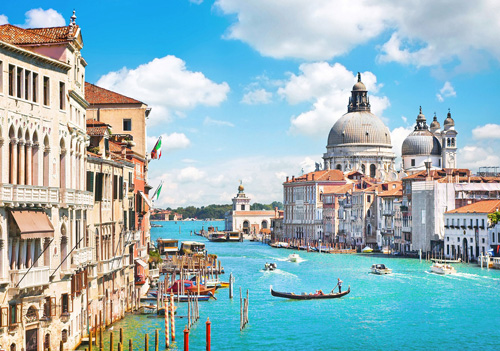
Click Here for Step-by-Step Rules, Stories and Exercises to Practice All English Tenses
Etymology
The name Venice derives from the Latin word Venetia, which was the name Romans used for the people known as Veneti who inhabited northeastern Italy. The origin of this word is not very clear. The name Veneti could have a Proto Indo-European root wen which means "to strive, to love," or a connection to the Latin word venetus, meaning "sea-blue."
A Brief History of Venice
- Several historians believe that Venice was first inhabited by Roman refugees who were fleeing invasions by Germanic and Hun forces.
- Later Roman sources also point out that a group of fishermen called incolae lacunae ("lagoon dwellers") lived on the islands of Venice.
- The dedication of the first church in the city, San Giacomo, which took place on March 25, 421, is celebrated as the founding of Venice.
- In the late 6th century, the first tribuni maiores was formed. This was the governing committee over the islands in the Lagoon.
- For 1,100 years between 697 and 1797, Venice was ruled by the Doge of Venice. The Doge ruled Venice for life and was elected by the royals and the rich. It was typically the wisest elder in town. During this period, Venice developed into a city-state which was called the Most Serene Republic of Venice. It was a major trading power in Europe, and it also acquired territories along the Adriatic Sea.
- Having suffered from plague (a dangerous disease), Venice lost a third of its citizens in a few years and seriously began to lose its power in the 17th century. Its independence was lost with Napoleon Bonaparte's (a great French ruler) conquest of 1797. After the Third Italian War of Independence in 1866, Venice became part of Italy.
- Today, Venice is one of the most popular tourist destinations in the world. In fact, in peak periods, there are too many tourists for such a small town which causes erosion and pollution problems.
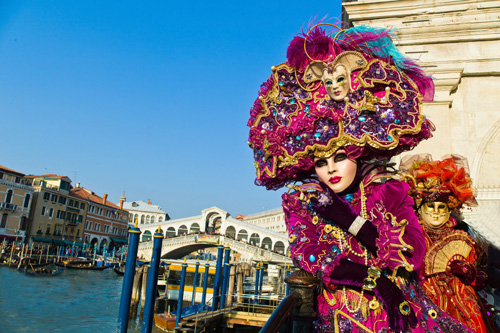
Doge's Palace
Today, the Doge's Palace operates as a museum, but for a thousand years before, it was the place where the rulers of Venice, the Doges, lived. Originally built in the 9th century when the seat of the government of Venice was moved from the Malamocco Island, the initial building was destroyed in a fire, so there are no remains of it.
Over the years, the palace was reconstructed and expanded, either upon personal wishes of the Doge or a fire. The complex consists of the palace and a spacious courtyard overlooking the lagoon.
In the palace, there is the Doge's apartment with different, beautifully decorated rooms, valuable art, and jewelry. Other rooms were used for political purposes during the republic. The Doge's Palace was also used as a prison for many years, although some prisoners successfully managed to escape.
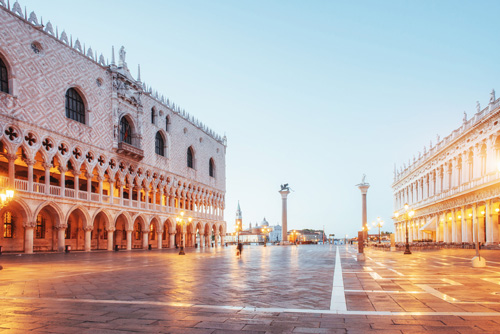
Clock Tower
When it comes to sightseeing, the main area is the Saint Mark's Square (Piazza San Marco). One of the notable sights in the Clock Tower, built in the late 15th century. The clock and the tower can be seen from the waters around Venice which meant to show how wealthy and influential the old Venetians were.
Two bronze statues stand on the top of the tower, appearing to strike the hours of a large bell. They are known as "the Moors." One of them is an old man and the other is young, representing the passing of time. Besides them, there are several other statues of religious figures, a former Doge, and a lion. The clock itself is decorated in dark blue and gold which makes it look truly magnificent.
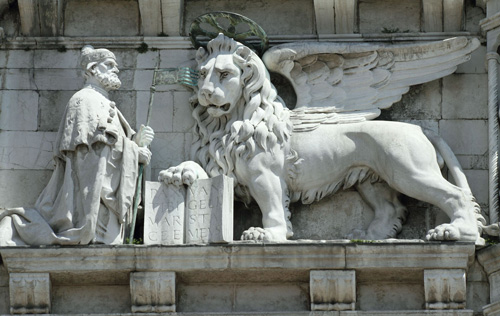
Saint Mark's Basilica
Another important sight on the Saint Mark's Square is the Basilica. This church originates from the 9th century; yet, the present basilica was only constructed later in the 11th and 12th century. In these first several centuries, the church operated as a private chapel of the Doge.
From the 13th century onward, the basilica became a state church where many great public ceremonies were held, including the burials of the Doges. The interior of the church is inspired by an Orthodox church in Istanbul, and the walls are covered in mosaics made of gold. For this reason, the basilica is also known as Chiesa d'Oro (Church of Gold).
On the outside, there are famous Horses of Saint Mark, statues which were installed in 1254. Napoleon took them to Paris when he defeated Venice in 1797, but they were returned shortly after.
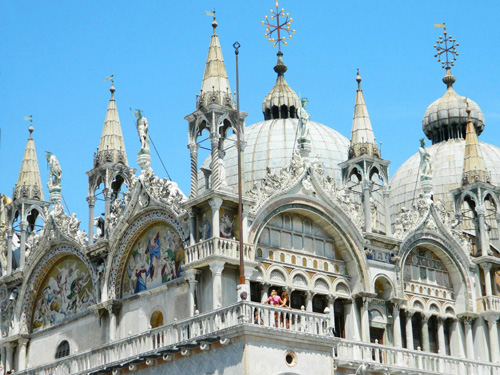
Saint Mark Campanile
The most recognizable symbol of Venice located on the Saint Mark's Square is the tall red bell tower known as the Campanile. Like the basilica, it was initially constructed in the 9th century, but its current form originates from 1514. The tower was used as a watchtower in its early years.
This bell tower is 323 feet (98.6 m) tall, and it houses five bells. Each of the bells was used for a special purpose, one announcing executions, another used only at noon, the third one for sessions of the Senate, the fourth one for council meetings, and the last one marking the beginning and the end of a working day. The tower collapsed in 1902 and was reconstructed a decade later.
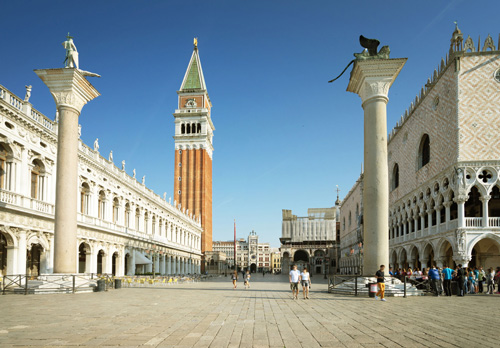
Gondolas
Perhaps the most special objects in Venice are gondolas, traditional rowing boats perfectly suited for the narrow canals of Venice. At the time Venice was a city-state, the gondola was the main means of transportation.
Nowadays, they are still a convenient form of public transportation; however, they are mostly there for the curious tourists. In the 17th and 18th century, up to ten thousand gondolas were present on the canals.
They are now restricted to a set number of licensed (permitted) boats (some 400 of them). An old law in Venice ordered that all gondolas should be painted black, so even today they will lack any other color.
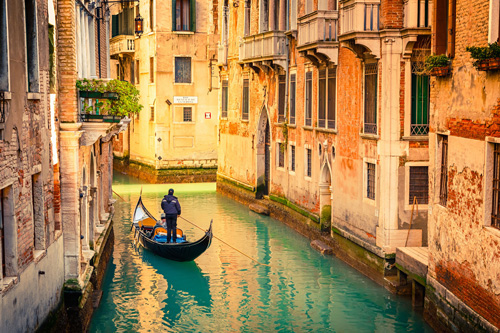
An Authentic Dish of Venice
For a perfect dinner in Venice, starts with cicchetti, a collection of small snacks. They typically include small sandwiches, olives, and small servings of meat and seafood. The trademark main course is cuttlefish. It is served in cuttlefish's black ink (a dark liquid released by the fish) as a sauce, together with polenta (corn flour), risotto (a kind of rice dish), or pasta.
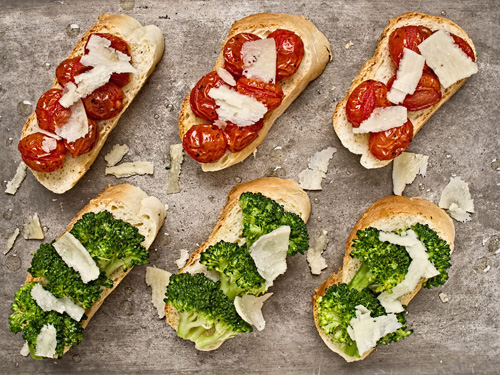
Comprehension Exercises
Vocabulary Questions
- What does "peak" mean?
- on average
- at the highest level
- at the lowest level
- What does "erosion" mean?
- a slow destruction
- a financial problem
- a crowded place
- What does "execution" mean?
- being killed in an accident
- the period a prisoner spends in prison
- legally ending someone's life as a punishment
- What does "defeat" mean?
- to become older
- to beat someone in a fight or battle
- to respect your traditions
- What does "collapse" mean?
- to fall down
- to build
- to celebrate
Collocation Questions
- The Doge was usually the wisest ___________ in town.
- older
- elder
- firstborn
- The Moors represent the ___________ of time.
- passing
- progressing
- passaging
- The Palace was expanded upon ___________ wishes of the Doge.
- characteristic
- personal
- own
- In ___________ periods, there are too many tourists in Venice.
- maximum
- summit
- peak
- Venice ___________ territories along the Adriatic Sea.
- ordered
- took receipt of
- acquired
- Roman refugees were ___________ Germanic and Hun invasions.
- fleeing
- splitting
- skipping
- The Doge of Venice was elected ___________ life.
- for
- by
- in
- One of the bells was used for ___________ executions.
- announcing
- broadcasting
- advertising
- Only ___________ gondolas can take tourists around Venice.
- enabled
- empowered
- licensed
- The two horses were returned ___________ after.
- directly
- shortly
- momentarily
Wh Questions
- Where were the Doges buried?
- in Saint Mark's Bell Tower
- in Saint Mark's Basilica
- in Doge's Palace
- Why is Saint Mark's Basilica called the Church of Gold?
- because of its mosaics
- because of its roof
- because the entrance fee is paid in gold
- What happened to the Horses of Saint Mark in 1797?
- they were sold
- they were taken to Paris
- they collapsed
- Who are the Moors?
- old Venetians
- statues on a tower
- rulers of Venice
- How did Venice lose its independence?
- in a war for independence
- in the Great War of Italy
- in a conquest by Napoleon
Evaluating Statements
- Based on the information in this lesson, which statement is true?
- Venice is still ruled by a Doge.
- Venice hasn't been ruled by a Doge since 1797.
- Based on the information in this lesson, which statement is false?
- Venice is a large island.
- Venice spread across over 100 small islands.
True or False?
- Based on the information in this lesson, is the following statement true or false?
"The five bells of the Bell Tower were all used to announce the meetings of the Senate." - True
- False
- Based on the information in this lesson, is the following statement true or false?
"All gondolas in Venice are black." - True
- False
Answer Key
1. B | 2. A | 3. C | 4. B | 5. A | 6. B | 7. A | 8. B | 9. C | 10. C | 11.A | 12. A | 13. A | 14. C | 15. B | 16. B | 17. A | 18. B | 19. B | 20. C |21. B | 22. A | 23. B | 24. A
Get Updates, Special Offers, and English Resources
Download your FREE GIFT (the first two chapters of
English Short Stories Book and Workbook)
as soon as you join!

By submitting your email, you consent to receiving updates and newsletters from us and to the sharing of your personal data with third parties for the purposes of sending you communications. We will not spam you. You can unsubscribe at any time. For more information, please see our privacy policy.





